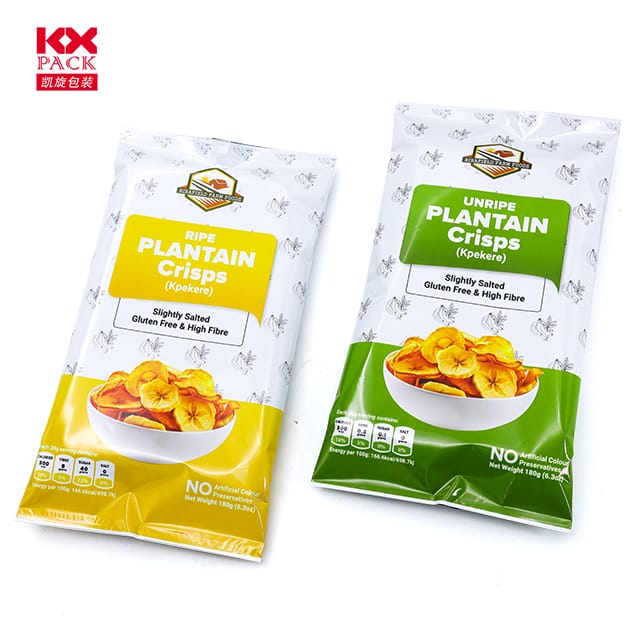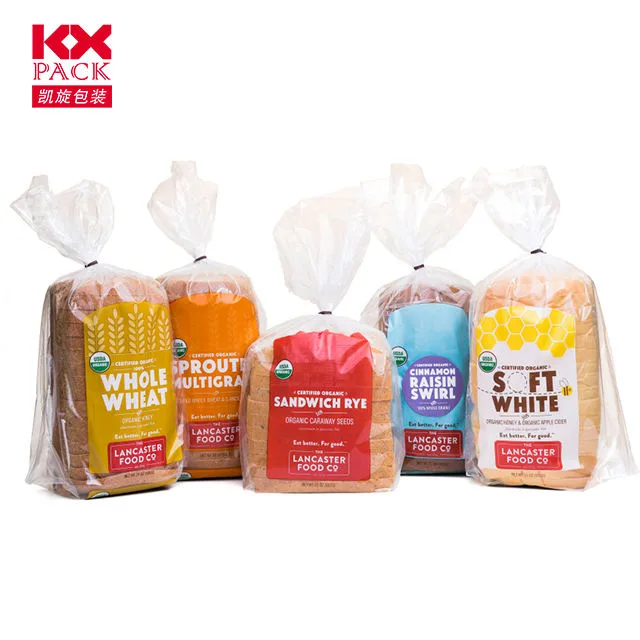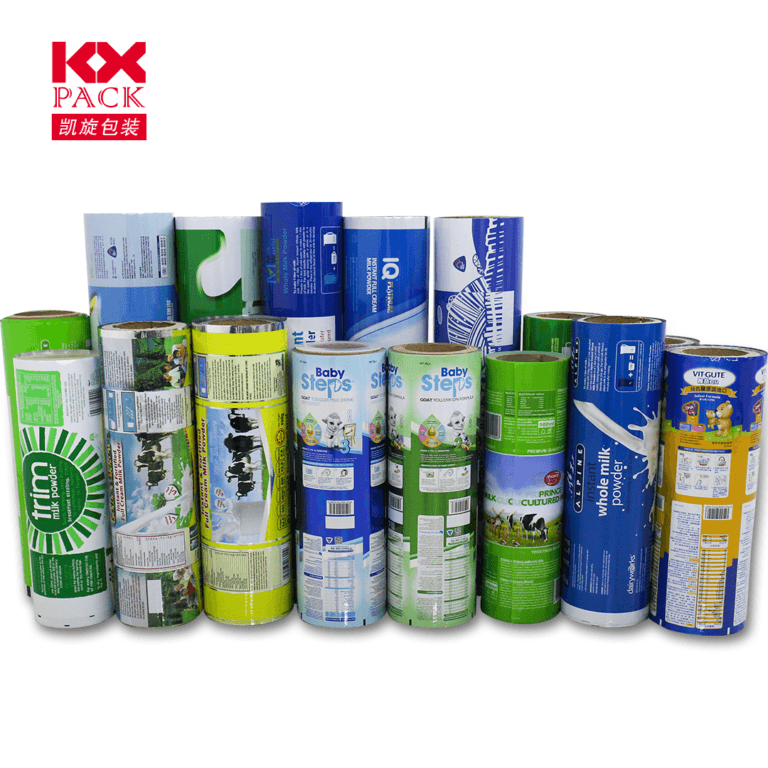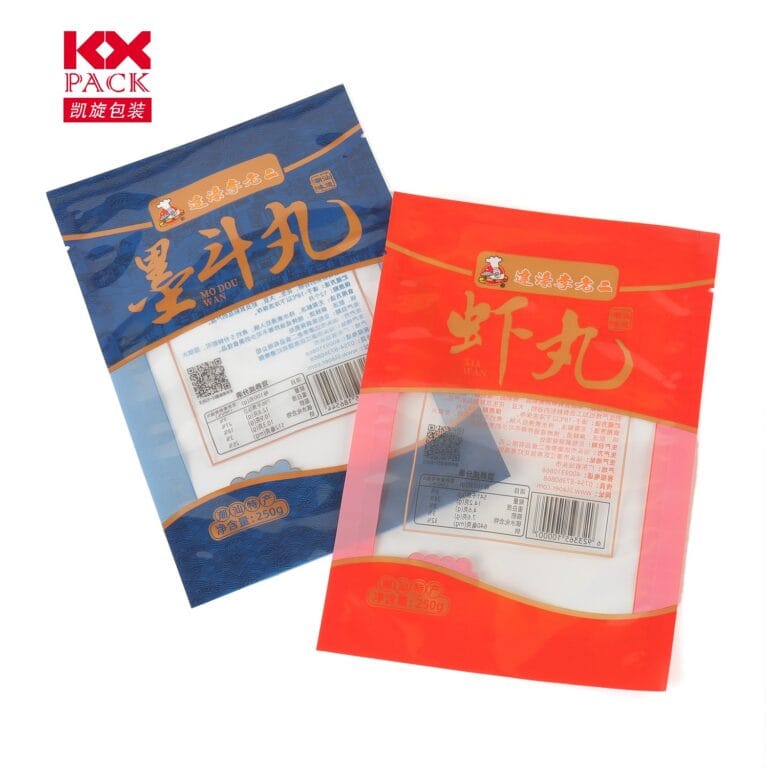La vérité sur le film plastique enveloppe de nourriture: Commodité vs. Conséquence
Food Wrap Plastic Film
In our fast-paced lives, La pellicule plastique est devenue un incontournable, polyvalent, et apparemment indispensable. Mais alors que nous décolleurs des draps pour couvrir les restes ou envelopper des sandwichs, Cela vaut la peine de s'arrêter pour considérer les coûts cachés de cette commodité. Plongeons-nous dans le monde du film plastique enveloppe alimentaire, Explorer son impact, alternatives, and smarter ways to use it.
1. The Ugly Truth: Plastic’s Environmental Toll
Chaque année, sur 1 million tons de Food Wrap Plastic Film ends up in landfills or oceans. Unlike bottles or containers, plastic film is not recyclable in most regions due to its thin, stretchy nature. It’s a major contributor to microplastic pollution, breaking down into tiny particles that infiltrate ecosystems and eventually our food chain. Marine life often mistakes plastic for food, leading to fatal consequences.
Shocking Fact: A single piece of plastic wrap can take400+ années to decompose. By then, it might outlive the tree it was originally made from!
2. Health Risks: What’s Lingering in Your Lunch?
While Food Wrap Plastic Film is labeled “food-safe,” concerns persist. Some plastics contain phthalates (chemical plasticizers) linked to hormonal disruptions. Heating plastic-wrapped food in microwaves can release these chemicals, especially if the wrap touches the meal.
Safety Tip: Opter pourBPA-free etphthalate-free wraps, and never microwave plastic directly. Use glass containers instead for reheating.
3. The Good News: Eco-Friendly Alternatives
Heureusement, innovation is tackling Food Wrap Plastic Film. Here are smarter swaps:
- Enveloppes de cire d'abeille: Lavable, reusable cloths coated in beeswax and jojoba oil. They mold to bowls and last up to a year with care.
- Silicone Lids: Stretchy, airtight covers for bowls of all sizes. Dishwasher-safe and durable.
- Feuille d'aluminium: Recyclable (check local guidelines) and great for grilling or freezing.
- Récipients en verre: Invest in airtight jars or containers for long-term storage.
Pour la pointe: For quick covers, try inverted plates or bowl-shaped lid sets made from stainless steel.
4. Smarter Plastic Wrap Habits
If ditching Food Wrap Plastic Film entirely feels overwhelming, use it mindfully:
- Reuse: Clean and reuse sheets for non-food items like covering paint cans or wrapping fragile objects.
- Recycle Right: Check if your local recycling program accepts thick plastic bags (some do). Avoid recycling thin, stretchy wraps.
- Buy in Bulk: Reduce packaging waste by purchasing larger quantities of food stored in reusable containers.
5. Brands Leading the Charge
Companies are responding to demand for greener options:
- Eco-friendly Wraps: Brands like Bee’s Wrap et Abigail’s Oven offer organic cotton wraps.
- Films composés: Made from plant-based materials like cornstarch, though industrial composting facilities are needed.
- Reusable Silicones: Stasher Bags et Lidology create airtight, leakproof solutions for meals on the go.
Your Choice Matters
Every time you reach for plastic wrap, souviens-toi: It’s not just about preserving food—it’s about preserving our planet. Small swaps add up. By choosing reusables, supporting eco-brands, and advocating for better recycling systems, we can unwrap a healthier future.
Pensée finale: Convenience shouldn’t cost the Earth. Let’s wrap mindfully, one meal at a time. 🌍🍎
Hashtags: #PlasticFreeKitchen #SustainableLiving #EcoSwap #ZeroWaste #FoodWrapAlternatives







